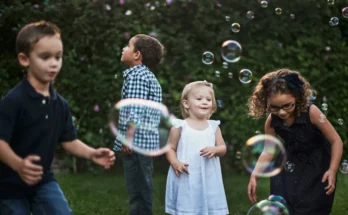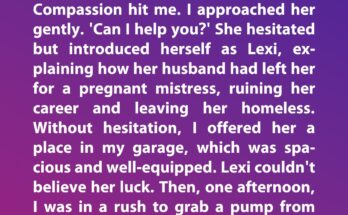Noah was just an 8-year-old boy enjoying the freedom of a nearby park, visible from his mother’s balcony. For her, it was a safe, familiar routine—he played, she watched from above. But one afternoon, everything changed. Child Protective Services (CPS) knocked on her door.
The accusation? That Noah had been left alone.
Fear surged through her. She knew she hadn’t neglected her son. He was always within sight. But the social worker insisted on speaking to Noah privately. When she returned, her eyes glistened—not with judgment, but with something deeper.
She explained that the man who kept calling CPS wasn’t trying to get her in trouble. His name was George. Two years ago, George lost his grandson—who had looked strikingly like Noah. That same park had once been their sanctuary. Now, seeing Noah on the swing reopened George’s grief. It wasn’t malice—it was mourning.
Noah, in his innocent wisdom, had noticed George too. He’d drawn a picture of himself on the swing, beside a “very sad” old man on the bench. He’d even given it to the social worker.
That drawing became the bridge between misunderstanding and empathy.
The mother’s anger dissolved. What she had perceived as judgment was actually the echo of a broken heart. George wasn’t accusing—he was aching. His calls weren’t about neglect; they were desperate attempts to protect, to prevent another loss.
Bright Side responded to the letter with warmth and encouragement. They praised the mother’s openness and Noah’s intuitive kindness. They reminded her that parenting is a balance—freedom and vigilance—and that she was doing beautifully. They urged her to keep talking with Noah, to nurture his emotional insight, and to show George compassion, even if just with a simple hello.
This wasn’t a story of failure. It was a story of grief, perception, and the quiet ways we’re all connected.
Sometimes, what looks like interference is actually love in disguise.


